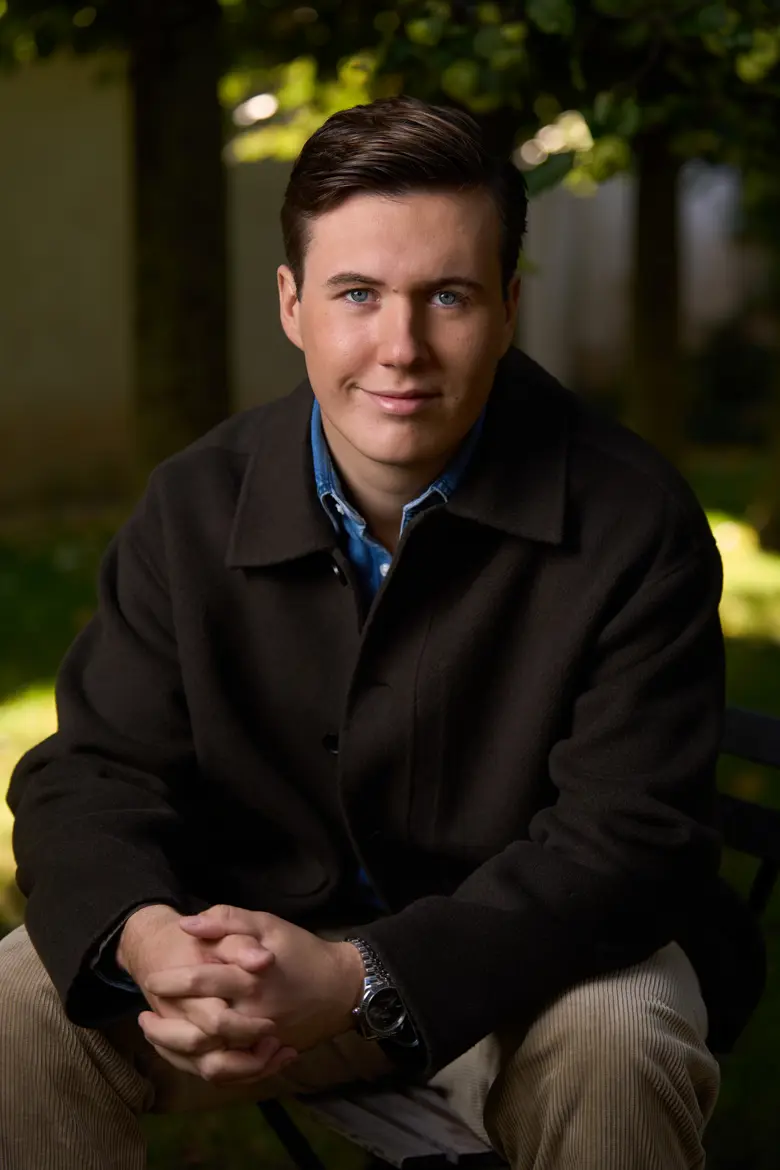THE HISTORY BEHIND THE ANOINTING THRONE

In the Great Hall at Rosenborg Castle stands the special anointing throne, which was formerly used at anointments, the last one being the anointment of Christian VIII in 1840.
During the anointments, the king sat in the special anointing throne, which Frederik III had made in 1660 by Bendix Grodtschilling. It was said that the throne was made of unicorn horn, but in reality the throne was produced of narwhal tusk, which the king had at his disposal by virtue of his dominion over the Faeroe Islands and Iceland.
The anointing throne was used the first time at Christian V’s anointment in 1671 and the last time at Christian VIII’s anointment in 1840. The model for the throne was the biblical King Solomon’s ivory throne.
The anointment symbolized that the king now received his power directly from God and took place at a ceremony in which the king was actually rubbed on the scalp, the chest and the right wrist with consecrated oil.
Until the introduction of absolute monarchy in 1660, Denmark’s king was formally chosen by the Diet, which literally speaking put the crown on the king’s head, thus showing the power of its members to elect and overthrow the king. With the introduction of the absolute monarchy in 1660, the nobility lost its influence and power to appoint the king. Instead, the royal power was inherited directly by the oldest son, and at the moment the king died, the crown prince was the new king. The new king immediately placed the crown upon his head and subsequently had himself anointed at a grand church ceremony.
After the abolishment of the absolute monarchy and the anointment ceremony in 1849, the throne became superfluous. It now stands in the Great Hall at Rosenborg Castle.
Read more about the history of The Royal Court.
Read more about the royal collections.


